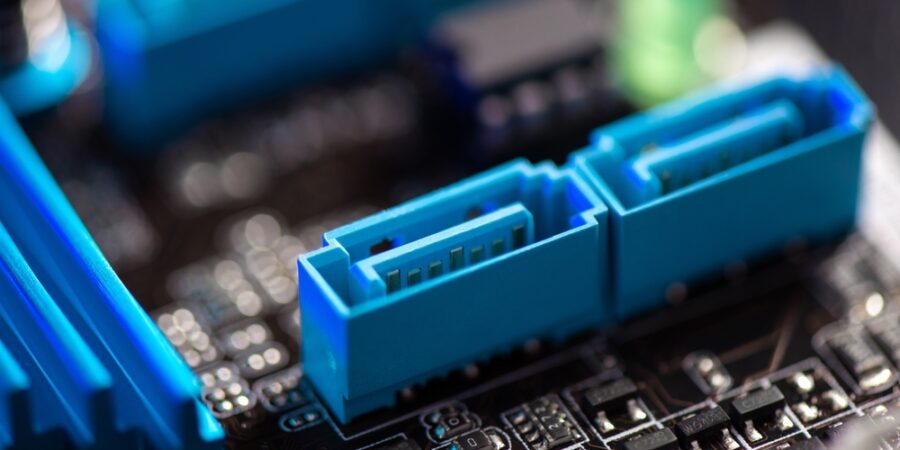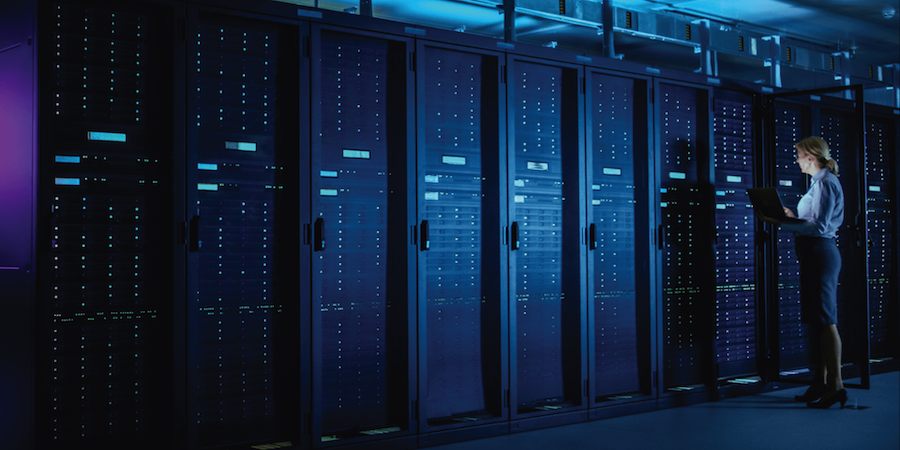Serial ATA solid state drives (SATA SSDs) have been around for more than two decades, and for good reason. They can function as a smart memory solution for mainstream workstations and servers because of their compatibility with a wide variety of device types. This is because they use the same connector and transfer protocol as traditional hard disk drives (HHDs).
That’s why drives with the newer non-volatile memory express (NVMe®) specification aren’t always the best choice, despite a rising interest. In fact, there are still many good reasons for choosing SATA SSDs — including SATA SSD speeds — and it’s worth exploring why you may want to give these drives a second look.
Maximizing the performance of the best SATA SSD drives adds yet more benefits. Here’s how to get the most out of them — and your investment.
The case for SATA SSDs
The best way to get the most out of a SATA drive is to put it into service for the appropriate use case. For example, you may need high storage capacity and reliability — but not high transfer speeds — such as those required for video editing or high-intensity gaming. For example, if you want to create a bulletproof file server, you could opt for a SATA SSD such as Samsung 870 EVO. You can use it for networked attached storage, too, something that would have been impossible even a few years ago. 870 EVO models also come in a variety of capacities for SATA drive storage, from 250GB to 4TB.
Another great application of SATA SSDs is in older workstations and devices using HDDs, especially those running out of space or failing otherwise. Older systems like these are less likely to have an NVMe drive controller slot, so a SATA SSD offers a way to upgrade that still lets you keep using your existing system. In fact, a PC that uses a SATA SSD has three to four times the bandwidth1 of a PC with a hard drive.
SATA SSDs are hot-swappable, too. This means you can swap drives in and out of a system without turning it off, which is necessary to access archived information.
1. Reduce write-heavy tasks
If you know you need to run a frequently accessed database on your system, it’s probably best to offload those files to an NVMe-based SSD to achieve faster speeds and less lag. In addition, you’ll want to avoid using your SATA drive to store large media files. Instead, use it for files you need to access quickly and frequently.
Get your complete guide to SSD management
Discover how to effectively adopt and manage SSDs in your organization with this ultimate guide. Download Now
2. Avoid defragmentation
You may have heard how important it is to defragment your hard drive. That’s still good advice if you have a traditional HDD, which uses a spinning disk and an actuator arm to store and retrieve data. Defragmenting in this case moves all data to a single location, which helps improve read/write speeds. However, SSDs have no moving parts and therefore don’t need defragmentation. By turning off your system’s automatic defragmentation, you can extend the life of your SATA SSD and improve SATA performance.
3. Keep storage levels below drive maximums
SSDs utilize individual rows within the NAND memory grid of 4KB or 8KB inside of a 256KB block. If a block is unused, the device can write quickly and easily, but if the SSD is getting full, the device must first hunt for open space and copy whatever page is already stored there. Next, it marks those old pages invalid — they cannot be written over until they are erased completely — and writes the new and copied data into a page together. This takes longer than simply writing to an empty block, so by keeping your SSD storage below drive maximums, you can also improve overall SATA SSD performance.
4. Update firmware regularly
Because technology is constantly changing and improving, any drive you buy today will likely need an upgrade in the future. Hardware vendors are smart, though. They offer upgrades to the firmware, which is software that’s built into hardware. Some firmware updates may be security-related, while others may fix bugs or problems that rarely pop up. Some may improve or introduce completely new functionalities. By paying attention to suggested firmware updates and executing them, you can keep your SATA SSD safe and running smoothly for years to come.
Learn how to choose the right SSD for you. And discover the range of Samsung SATA SSDs and how they can be a great memory solution for mainstream workstations.
1 Tom’s Hardware. “What Is an SSD? A Basic Definition.” February 28, 2019.








